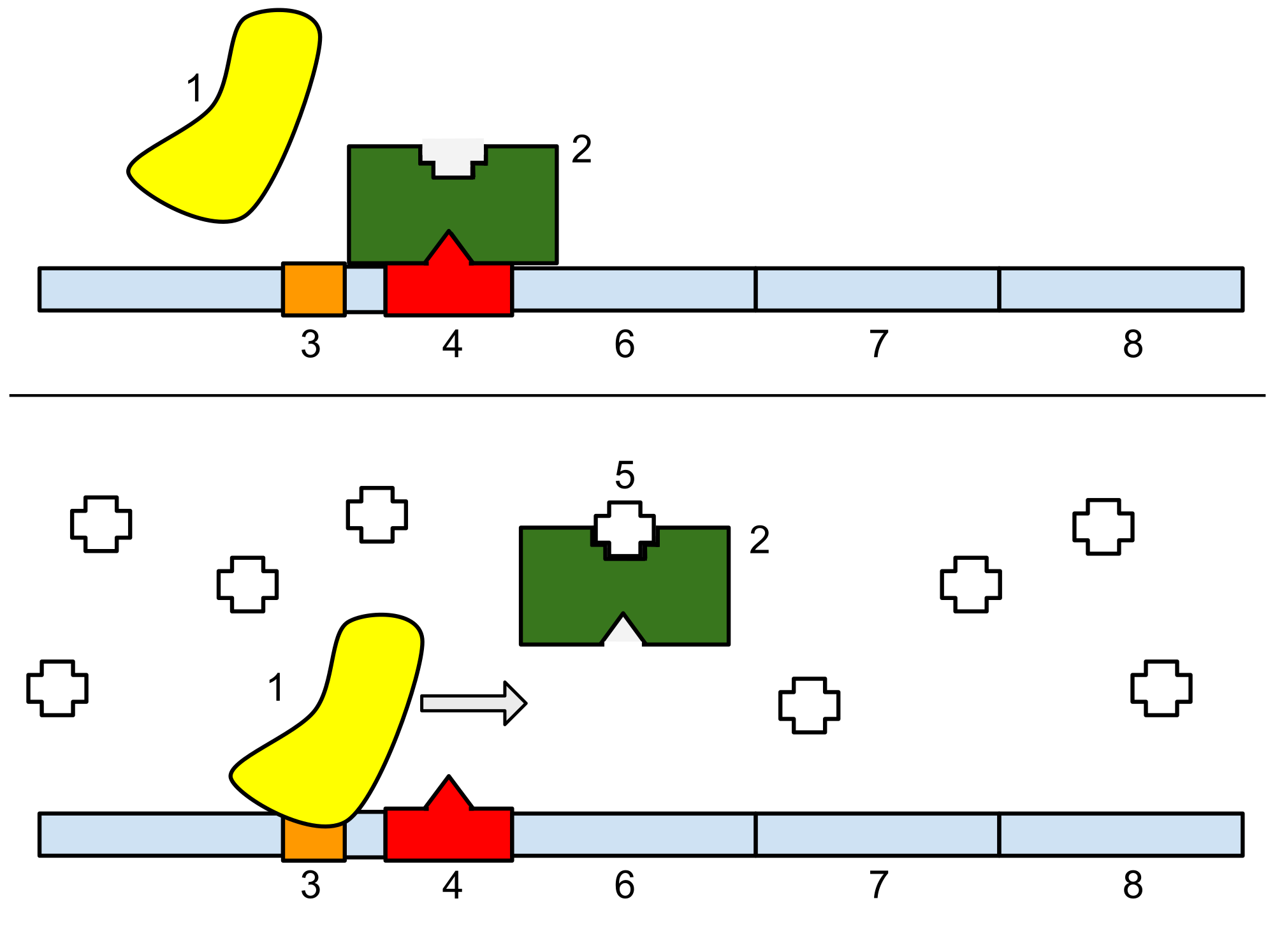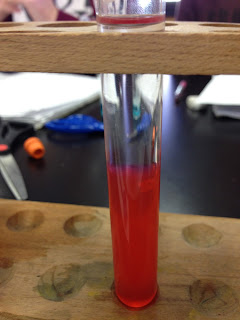This unit was about our genetic code, how it replicates, how it is used to make proteins, errors that can occur, and how organisms control how traits are expressed. Our DNA is unique because it is wound up in a tight double helix. When it replicates, it unzips, and complementary bases join to form 2 strands of the DNA. DNA is made of A, T, C, and G. However, when it replicates, errors, or mutations can occur. While some may be as simple as a substitution, others, like insertion and deletion can completely change the protein that is being coded for and possibly be fatal. DNA contains instructions for the cell to make proteins. This process of making proteins based on DNA happens in multiple steps. First, DNA is transcribed into mRNA, adding the complementary bases, but with uracil instead of thymine, and is also single stranded. Then, the mRNA travels to the ribosome, where it is translated into amino acids by every 3 bases (codons). The amino acids form a chain, which twists and folds to form proteins. The final main idea from this unit is that although every cell contains the genetic code for all proteins, only certain genes are actually expressed. This is called regulation, so that the cell doesn't waste energy making all of these proteins it doesn't even need. For example, there is the lac operon. The DNA is transcribed based on the repressor, and whether it fits on the operon. Also, in order for DNA to fit into such tight spaces, it is wrapped around proteins called histones, forming nucleosomes. This is what makes up the chromosomes.
I mostly struggled with gene expression and regulation, because it was a new idea. The lac operon was a bit confusing at first too. I enjoyed learning about actually walking the dogma. I learned a lot more about the connection between what a cell does, and how it knows to do that. I also enjoyed looking up random, weird mutations that people have and learning about what causes them (see my previous blog post for a video of a family that walks on all fours and behaves like prehistoric hominids). I think I am getting better at not getting discouraged when I don't get something in a vodcast. Now, I am more confident, and even if I don't get it the first time, I know I will understand after recapping and some studying.

I want to learn more about stem cells. I think its very interesting that they can morph into different kinds of cells. I also want to learn more about tumors and cancers, and how they can be caused. Lastly, I want to learn about expression and regulation in humans.
I mostly struggled with gene expression and regulation, because it was a new idea. The lac operon was a bit confusing at first too. I enjoyed learning about actually walking the dogma. I learned a lot more about the connection between what a cell does, and how it knows to do that. I also enjoyed looking up random, weird mutations that people have and learning about what causes them (see my previous blog post for a video of a family that walks on all fours and behaves like prehistoric hominids). I think I am getting better at not getting discouraged when I don't get something in a vodcast. Now, I am more confident, and even if I don't get it the first time, I know I will understand after recapping and some studying.

I want to learn more about stem cells. I think its very interesting that they can morph into different kinds of cells. I also want to learn more about tumors and cancers, and how they can be caused. Lastly, I want to learn about expression and regulation in humans.










